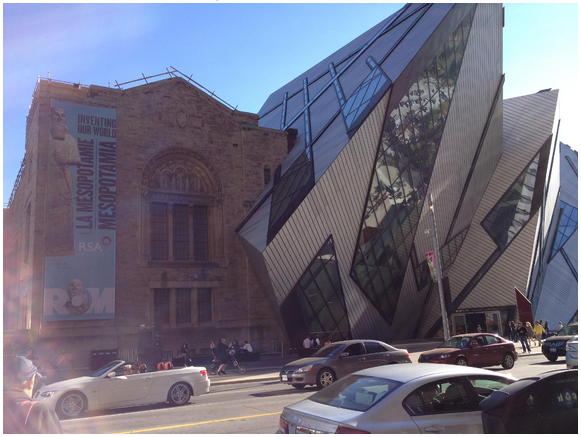reposted from editor emeritus Amanda Kay Gustin.
False Impressions: The Hunt for Big Time Art Fakes
Thomas Hoving
This book is fairly typical of all Hoving’s popular works, which is to say it’s uncomfortably gossipy, breathtakingly arrogant, and compulsively readable.
The overall narrative of the book is split into two parts, and for me it didn’t really get going until the second half. The first part is Hoving’s chronological overview of art forgery through time, starting with Roman forgeries of Greek originals and coming up through the present day. The second part of the book is much more interesting, and follows Hoving himself through several major forgeries that he’s unmasked (or tried to unmask) in museums throughout the world.
The first thing to understand about this book is that Hoving is never wrong, in anything. Even the fakes he purchased for the Met were ones that he felt uneasy about to begin with, and his gut was eventually proven correct. Disputes with other curators were of their own making, and they always loved him in the end. Eminent experts who fell for fakes are lesser, gullible, sad specimens. Oh, and in case you didn’t know, he was responsible for bringing Velazquez’s Juan de Pareja to the Met.
That overwhelming arrogance is particularly on play in this book, as part of his thesis on fakebusters (those who are particularly gifted at detecting forgeries) is that they have an innate sixth sense, a superior eye that allows them to instantly make judgments that ultimately, after further study, appear correct. Hoving himself, of course, has this eye.
In spite – or perhaps because of? – this personal heroism, this book is a great read. Hoving is a gifted storyteller, and he holds nothing back, giving you the constant impression of being let into his inner circle as he shares secrets, gossip, and information that would probably embarrass all sorts of people.
From a museology point of view, I was primarily struck by two things. First, Hoving has a very black and white view of what a “fake” is and he doesn’t allow for much sophistication in thinking about the concept. For him, any work of art that is not 100% by the original artist is a fake. No in-the-style-of could possibly be as good as the original. He frequently recounts stories of art that has been so extensively restored that it is now worthless, and no longer original. He doesn’t really allow for any further thinking about why someone might imitate a style, or what the line in over-restoring is, or what compels an art forger beyond money. Anyone who paints, sculpts, or otherwise makes art in a style not their own is committing a sin, full stop. Not really any moral gray areas or ambiguities there.
Second, and this one pained me quite a bit as the book went on: Hoving’s concept of the museum begins and ends with expensive masterpieces. Money is nothing in the pursuit of a really good piece of art, and the millions spent on fakes by both himself, his curators, and the other museums he tells of are simply the price you pay in the collecting game. Education for him happens almost entirely through exhibitions that expose the masses to what they ought to know. The only time he talks about education “for the public” what he really means is an intensively scholarly weekend symposium that he put together on forgery – and by public, what he really means are rich collectors who might end up donating to the Met. Money is only to be used in pursuit of his particular version of perfection; woe to those who might want to use it to make school tours free, or expand art education in low income communities.
In the end, this was a highly entertaining read that frustrated me at times, but also made me think. It’s a good weekend or beach read while still being “on topic” for museum professional development.
Read more on Amanda Kay Gustin’s blog, Amblering.
